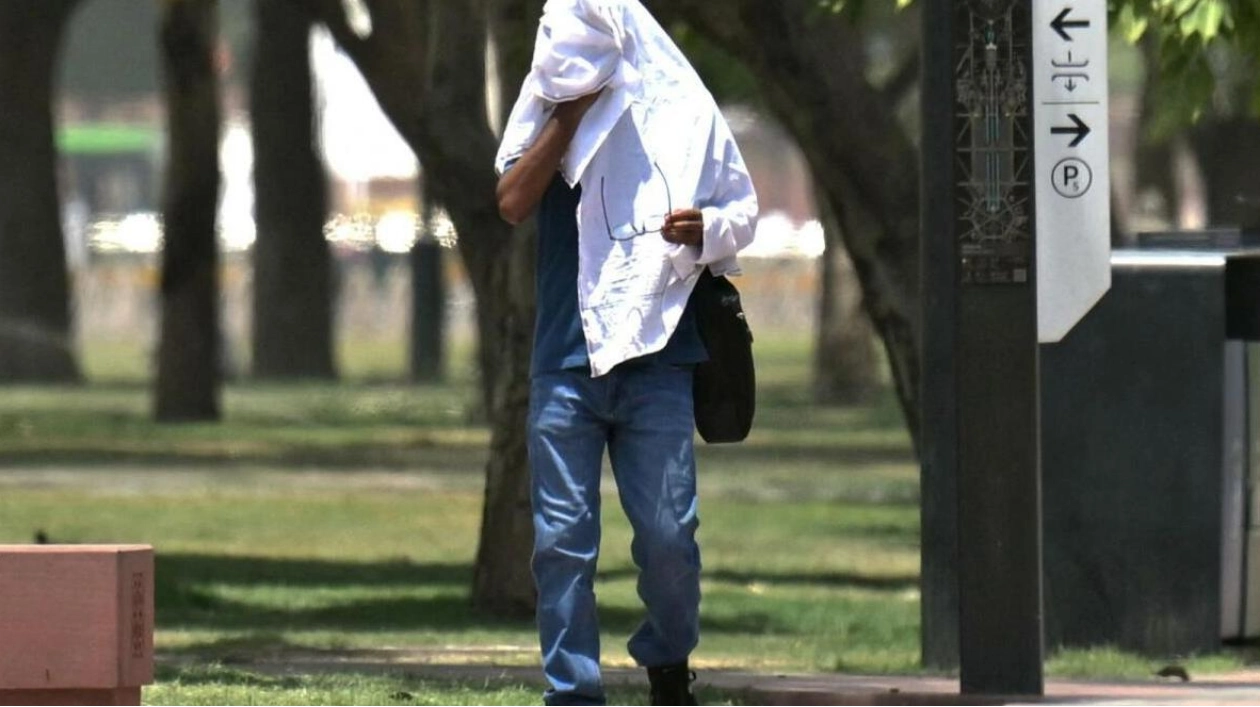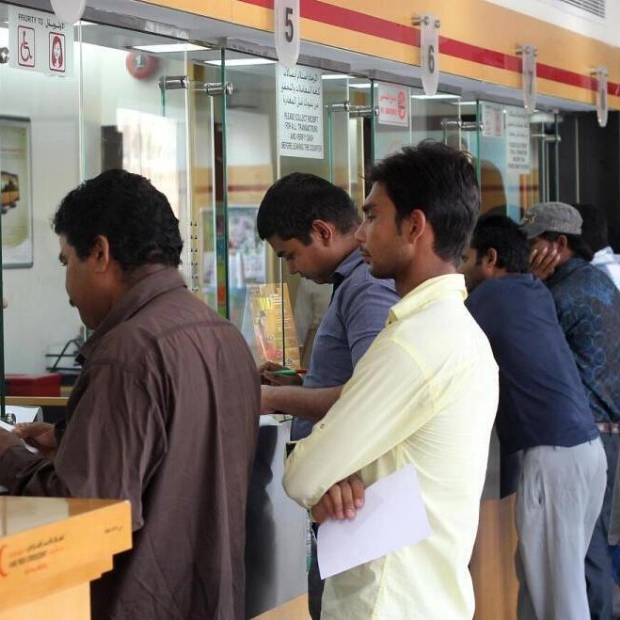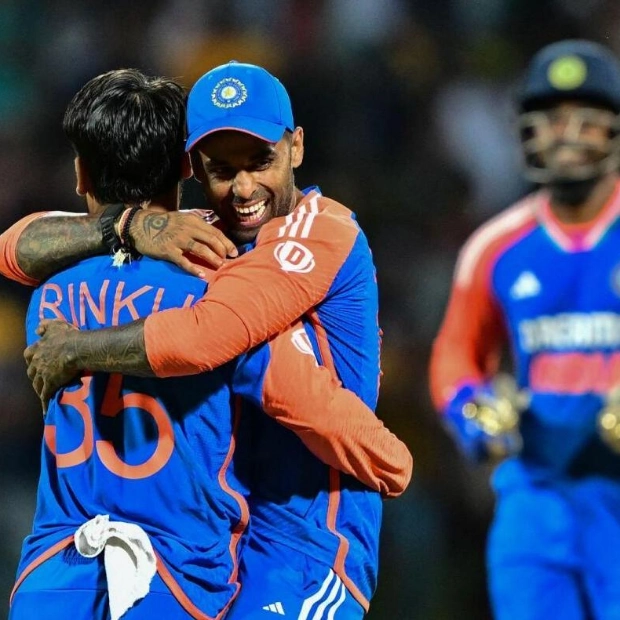A Nigerian student merely stepped out to fix his phone but found himself hospitalized in New Delhi, becoming another casualty of a severe heatwave that has claimed numerous lives, caused birds to fall from the sky, and afflicted India's most vulnerable workers. On a scorching June day, the business administration student fainted on the street and was promptly taken to Ram Manohar Lohia (RML) hospital by passersby, one of India's largest medical facilities. Upon admission, his body temperature had risen above 41 degrees Celsius (106 degrees Fahrenheit) and he was severely dehydrated, according to Seema Wasnik, head of RML's emergency medicine department. She identified the typical symptoms of heatstroke. Over 40,000 suspected heatstroke cases were reported in India as the prolonged heatwave pushed temperatures above 40 C (104 F) daily since May, with some regions peaking near 50 C (122 F). Fortunately, the RML hospital houses one of India's first specialized heatstroke units, where doctors treated him with an ice bath for 20 minutes before placing him on a ventilator. Since its May opening, the unit has treated over 30 patients, with five fatalities. Heatstroke occurs when the body's core temperature exceeds 40.6 C (105 F), potentially leading to organ damage and death, with symptoms like rapid breathing, confusion, seizures, and nausea. The RML's unit is equipped with ceramic bathtubs for cooling, ventilators, and large ice-making machines. The hospital's director initiated the unit after meteorologists forecasted an exceptionally hot summer, hoping other hospitals would follow suit. Following health ministry directives, hospitals across India, including AIIMS in Bhubaneswar, Odisha, have established heatstroke units or reserved beds and staff for heatstroke patients. The intense focus on this issue reflects a commitment to action, according to Srinath Reddy, a Public Health Foundation of India professor. This summer, from March to June, at least 110 people died from heat-related illnesses in India, with many victims being outdoor workers. The extreme heat exacerbates existing income and health disparities, as the poor cannot afford air conditioning or time off work to escape the heat. A nationwide survey by the Centre for Rapid Insights showed that 45% of households reported heat-related illnesses in May, with over 67% of affected individuals being sick for more than five days. Dillip Kumar Parida, medical superintendent at AIIMS, Bhubaneswar, emphasized the need for the health system to prepare for the impacts of global warming, advocating for prediction, preparation, and awareness to manage future challenges.

Text: Lara Palmer
27.06.2024
Heatstroke Cases Surge in India, Highlighting the Impact of Extreme Heat on the Vulnerable





